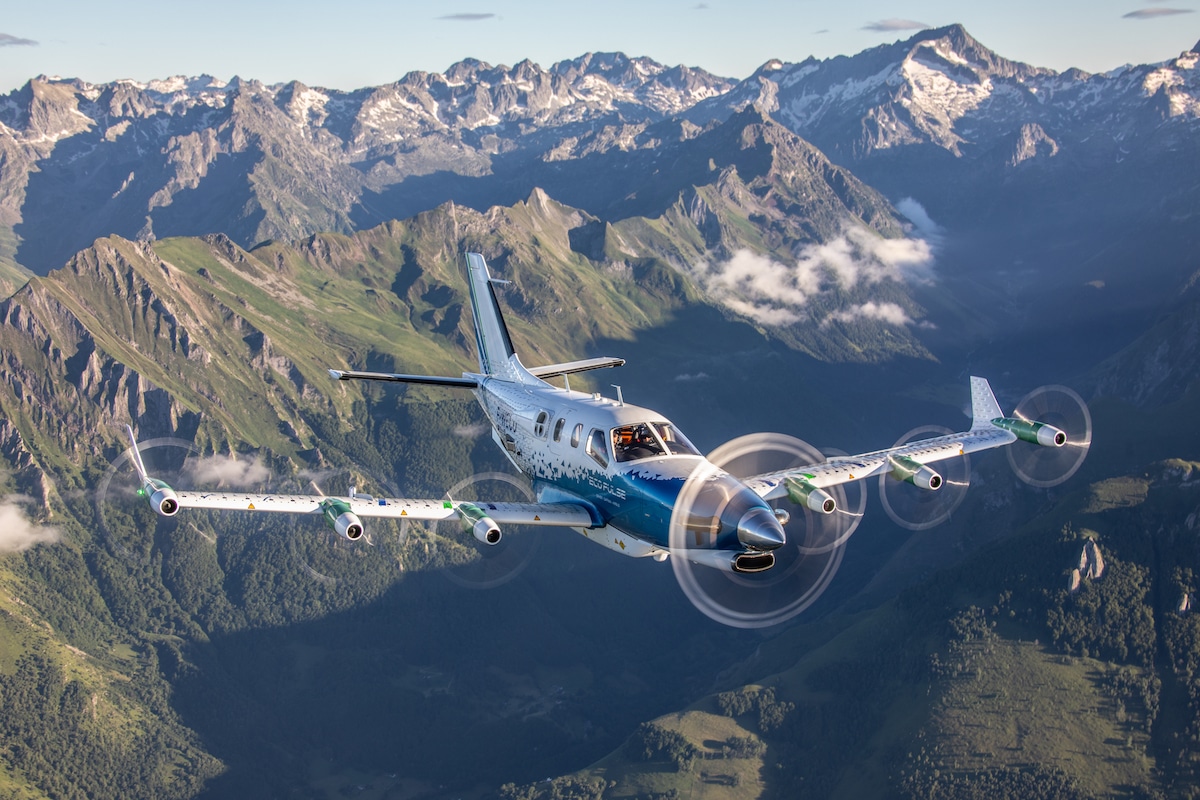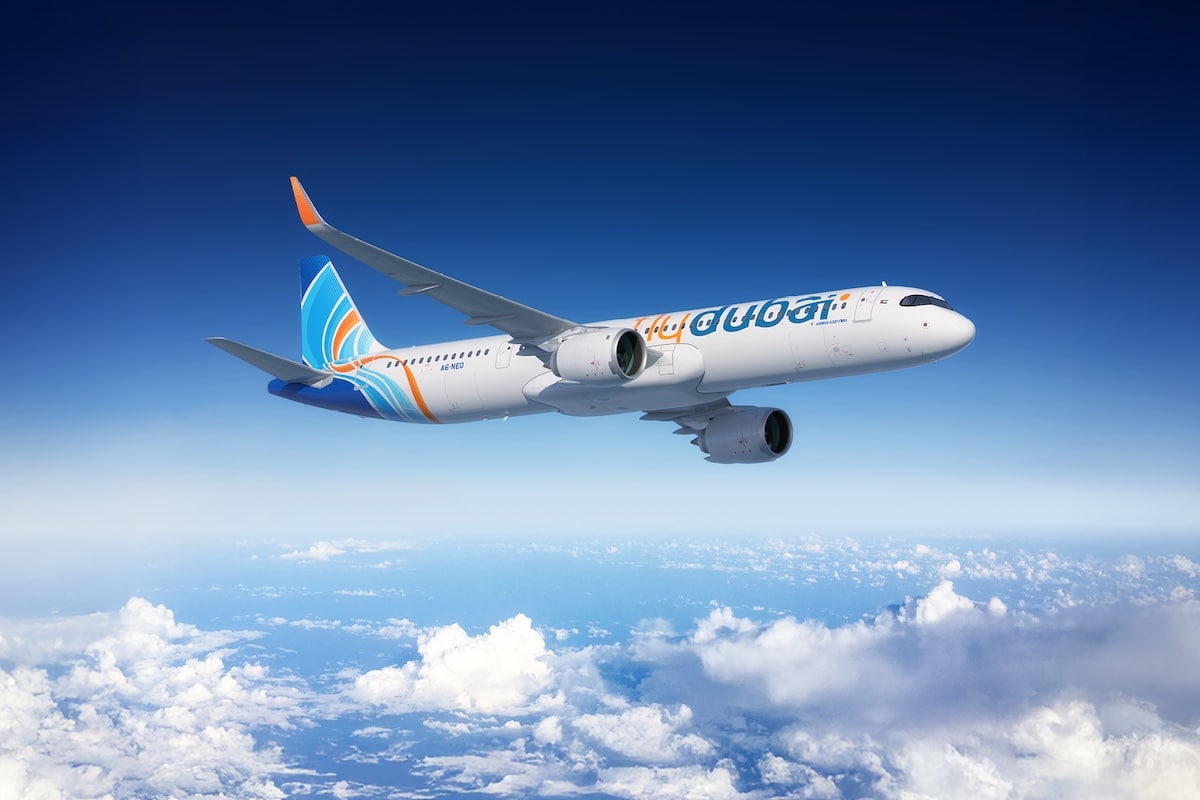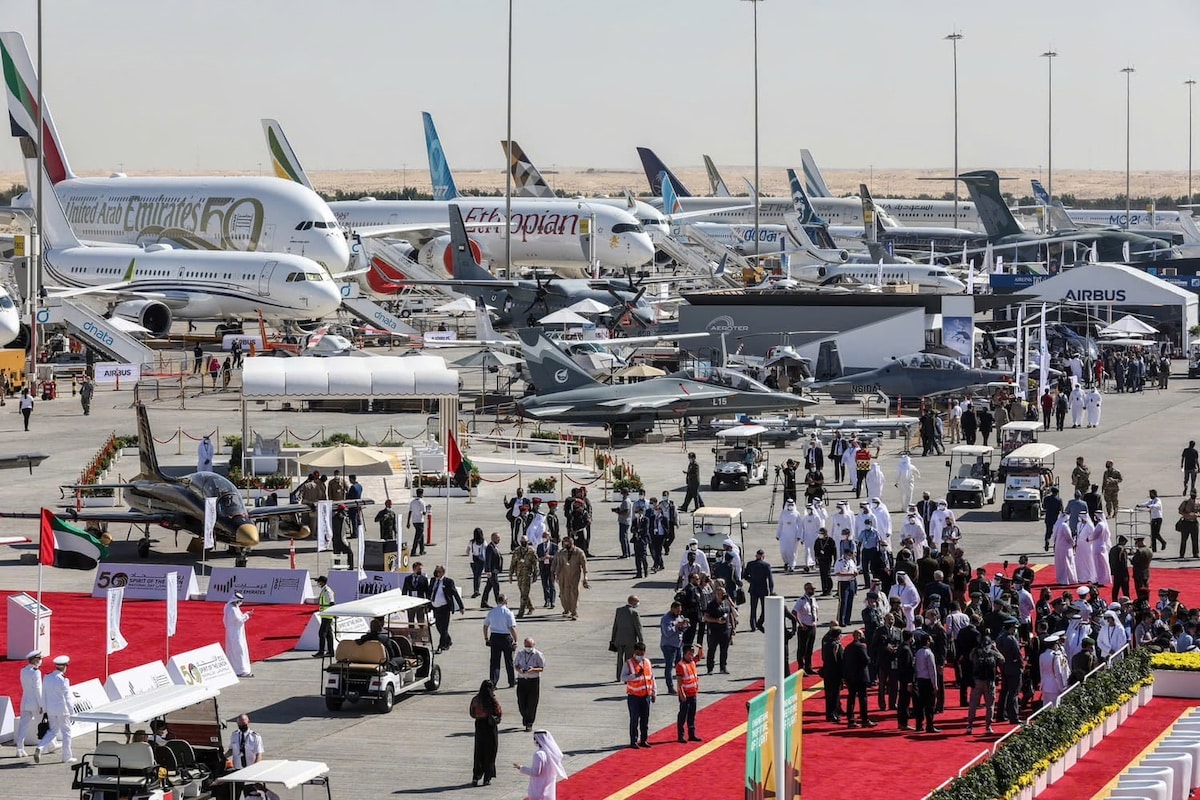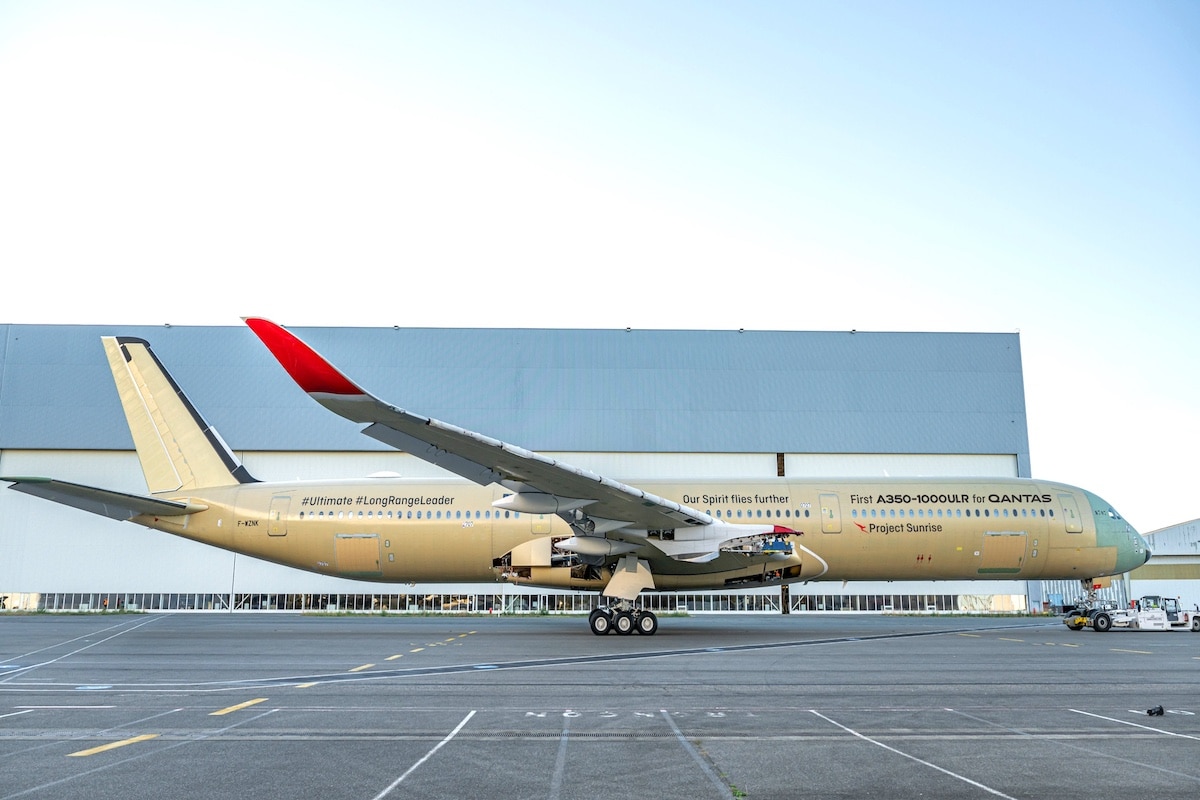Airbus: Why Does This Small Experimental Aircraft Have 7 Engines?

Aircraft manufacturer Airbus has revealed a fully functional demonstrator of a hybrid-electric propulsion aircraft whose design is striking.
This is Airbus with the code name EcoPulse, developed jointly by Daher, Safran, and Airbus. It represents a significant breakthrough in the pursuit of decarbonizing aviation by 2050. This hybrid-electric propulsion demonstrator pushes the boundaries of technological innovation through rigorous flight testing campaigns. From its first hybrid-electric flight on November 29, 2023, at Tarbes-Lourdes-Pyrénées Airport, to its final test in July 2024, EcoPulse has accumulated 100 flight hours and conducted about 50 tests.
These tests have demonstrated unprecedented electrical performance, reaching a network voltage of 800 volts DC and a power of 350 kW (476 horsepower). They also provided essential insights into the maturity of hybridization technologies, performance in integrated configurations, and operational limits. One notable advance relates to the synchronization of ePropellers—electric motors that, in addition to enabling maneuvers without traditional control surfaces, reduce interior noise, providing significant acoustic benefits.
However, these results come with significant challenges related to electrical architectures, high-voltage management, battery performance, pilot assistance, certification of hybrid configurations, and reducing weight and noise pollution.

A milestone towards sustainable aviation
These challenges, identified through EcoPulse, lay the groundwork for sustainable aviation while meeting safety and regulatory requirements. The project also highlights collaboration and gap-filling among Daher, Safran, and Airbus, where sharing expertise has enabled the integration of general and commercial aviation technologies.
Each partner emphasized the importance of this program in their development strategy: Safran progressing in decarbonization technology validation, Daher overcoming critical technological obstacles, and Airbus modeling energy management for future aircraft. Supported by the CORAC and co-financed by the DGAC through France Relance and NextGeneration EU, EcoPulse is based on a Daher TBM platform equipped with six Safran ePropellers and integrating a dual energy source: a turbo-generator and a high-voltage Airbus battery.
The electrical distribution system, designed by Safran, ensures protection and efficiency of the high-voltage network. By incorporating advanced technologies, including motor synchronization to reduce acoustic nuisances, EcoPulse aims to be a strong milestone towards low-carbon aviation. This program also marks a crucial step for the regulatory framework needed for certifying next-generation aircraft.
No data yet on fuel economy, but we’re eager to learn more.
ALSO READ: The future plane: 20,000 km/h for a round-the-world trip in 2 hours
This page is translated from the original post "Airbus : pourquoi ce petit avion expérimental possède 7 moteurs ?" in French.
We also suggestthese articles:
Also read






